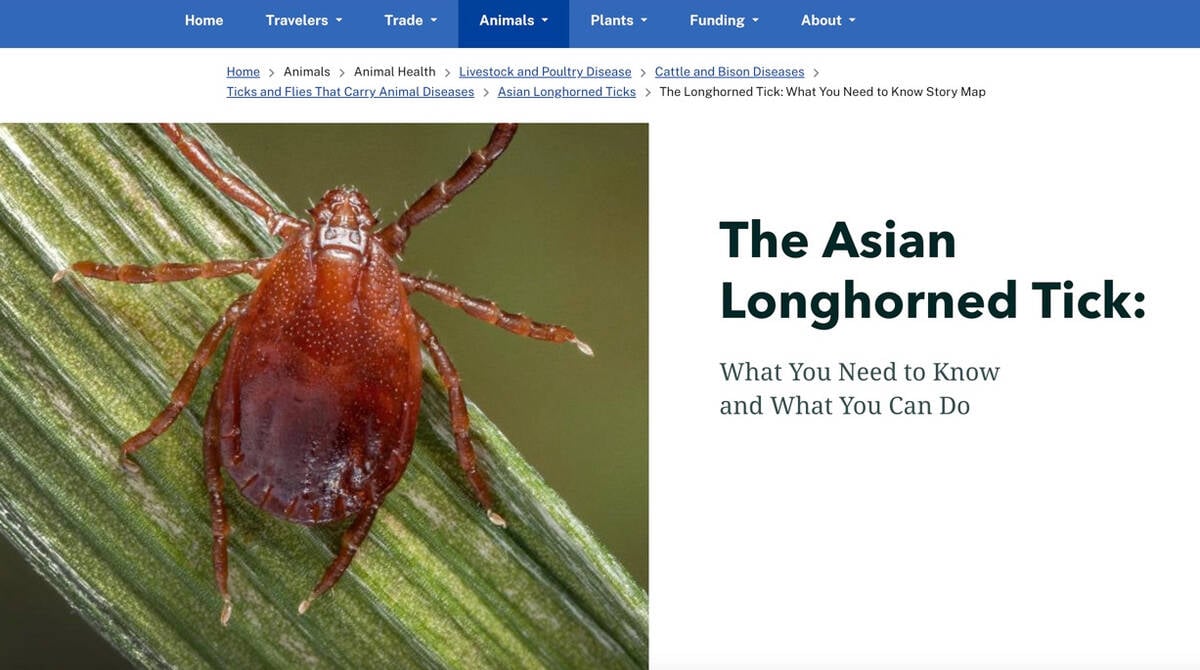A two-year study on lameness in feedlot cattle found that the problem is more common than previously thought.
“Lameness is a significant health problem in the feedlot and it deserves more attention,” said Karen Sch-wartzkopf-Genswein of Agriculture Canada at Lethbridge.
Researchers checked eight years’ worth of health records from 26 feedlots and visually appraised hundreds of cattle at two large operations for the last two years to identify the types of lameness that were present. It’s hoped recommendations can eventually be made for improved management techniques and treatments.
Read Also

New World screwworm not seen as trade threat
Canadian cattle producers shouldn’t be worried about the New World screwworm, which has become a massive concern for ranchers in Mexico and is threatening the southern United States
Foot and joint conditions can be painful and affect the overall well-being of cattle because they struggle to get to feed and water.
“Depending on the severity of that lameness, it can cause very rapid weight loss in some animals,” Sch-wartzkopf-Genswein said at a beef cattle conference that the University of Calgary’s faculty of veterinary medicine held in Calgary June 18-19.
The causes of lameness are varied. Genetic issues may cause corkscrew claw, nutritional issues cause laminitis and foot injuries can lead to infections such as foot rot.
Drugs to treat lameness are expensive and some animals may be rejected at slaughter.
“It is not OK to take non-ambulatory cattle to market,” she said.
Lameness in beef cattle is not well studied because it is often considered a dairy sector problem.
The research team checked the feedlot health records of 500,000 cattle and found that 22 percent of them were treated at least once for some condition. Of those, nearly 30 percent were lame.
Foot rot appeared to be the most common problem. This condition can be difficult to diagnose because it can look similar to digital dermatitis.
“Digital dermatitis seems to be growing in feedlots,” Schwartzkopf-Genswein said.
Toe tip necrosis is often seen in flighty cattle. They may have received an injury in the white line between the sole and hoof wall, and once that is broken, bacteria enter and cause a painful condition.
Researchers conducted weekly observations at the two feedlots and tallied the total number of animals treated for lameness along with the cause, frequency, relapses and their environment. They checked for associated animal weight loss and if there was a correlation between lameness and eventual death.
They also collected white blood cell counts and measured cortisol in the blood and hair. An accumulation of cortisol in the hair means the animal has been in pain for some time.















